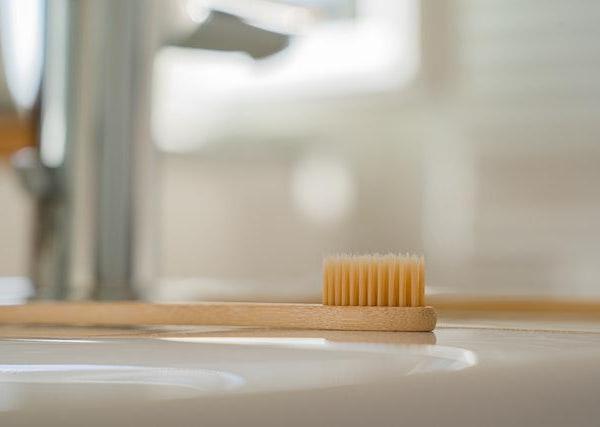Interested in a fresh start? Follow these professional face-washing instructions.
1. First, properly remove all of your makeup
Before you begin cleansing, especially before bed, use a mild makeup remover to get the job done. Pores are accustomed to eliminating pollutants over night, so if they become blocked, everything will back up and appear clogged.And even if you've got quite the resilient outer layer, this is true for all skin types.
2. Avoid washing your face with harsh bar soap
Bar soaps have the potential to change the pH balance of the skin, which promotes the growth of more bacteria and yeast, unless they are specifically made for the face.It comes as no surprise that facial cleansers—particularly cleansing balms—are designed for sensitive skin.
3. Use lukewarm water
Let's bust a misconception: Pores are not doors. Cold water doesn't close them, and hot water doesn't open them.The reality is that it's ideal to maintain a moderate water temperature because going too hot or too cold might irritate skin. When you look in the mirror, you shouldn't see red skin.
4. Try out micellar water
Micelle-containing water contains molecules that cling to and break down cosmetics and other debris.Micellar water can effectively cleanse your skin without the need for rinsing, so some people, especially those who don't wear makeup, can get away with using it as their primary cleanser.
5. Avoid using unnecessary tools
Unless you are cautious about regularly cleaning them in a bleach solution, studies suggest that the amount of bacteria that accumulates on loofah sponges is evidence that these may not be a good idea.Simply use your hands as tools.
6. Bear in mind your jaw and neck
Your neck and jawline are prone to dirt and debris accumulation. And they too require love.To stimulate circulation and help your skin stay tight and naturally lifted, gently rub your fingers upward while massaging your face to remove makeup and dirt.
7. Dry with a gentle cloth
Time to reconsider using air drying. Leaving water to drip on your face won't hydrate it; in fact, it could cause dryness after the water evaporates.Remember to pat gently and very carefully around the delicate under-eye area with a soft, antimicrobial towel.
8. Avoid over-washing your face
According to research, keeping your circadian rhythm in check may help shield your skin from harm. Especially people with dry skin should consider cutting back on washes.9. Use a toner
Although not strictly a step in face washing, many people often overlook the significance of rebalancing your skin.Toners are light liquid formulations that were originally used to restore the pH of your skin so that it could defend itself against infection and damage. Nowadays, many toners have added advantages that address particular problems.
10. Do not forget to moisturise
Make sure you're keeping your skin hydrated in addition to toning. Some people enjoy how "tight" their face feels after washing it, but this is an indication of excessive dryness.Consider switching cleansers if your skin feels dry after washing all the time. Choose a gentle cleanser or one that contains oil.
Takeaway
All of this is to imply that washing is only the first step in preserving the health of your skin.The remaining steps depend on all the other serums, moisturizers, mists, face masks, and so forth. Additionally, your diet, exercise routine, and stress levels all have an impact on your skin and overall health.









